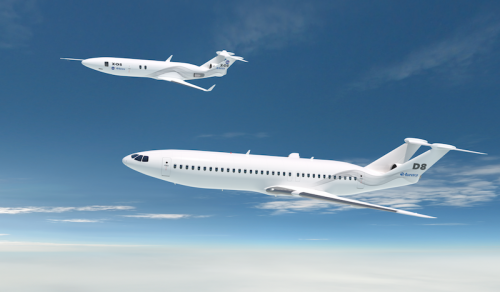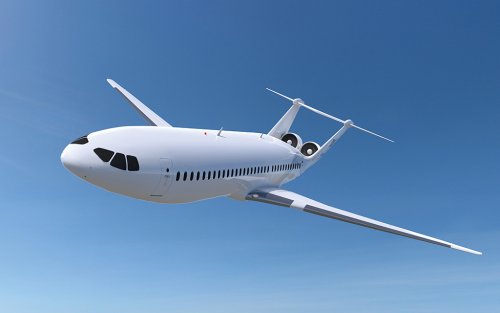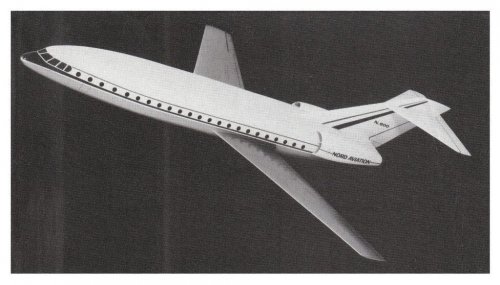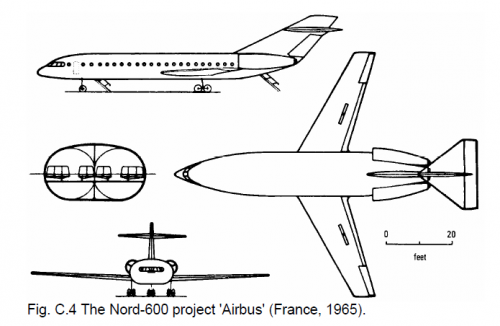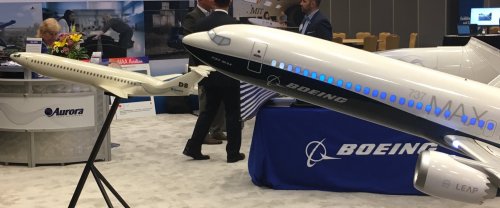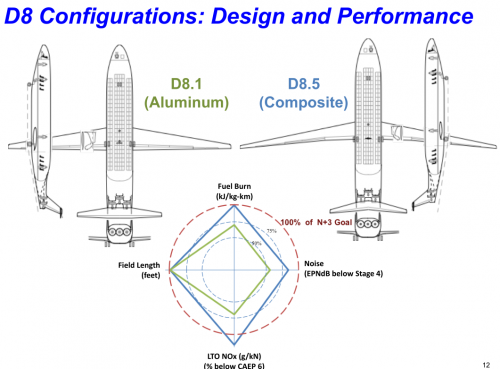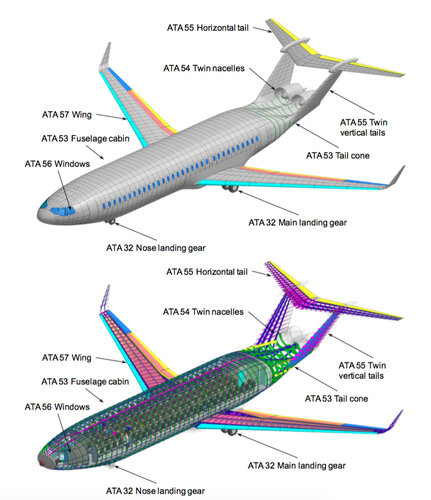- Joined
- 27 December 2005
- Messages
- 17,752
- Reaction score
- 26,458
This design, studied under NASA N+3 program, is getting continued funding.
Is it just me or is this (aside from T-tail) a copy of the Myasishchev M-60 configuration?
Is it just me or is this (aside from T-tail) a copy of the Myasishchev M-60 configuration?

